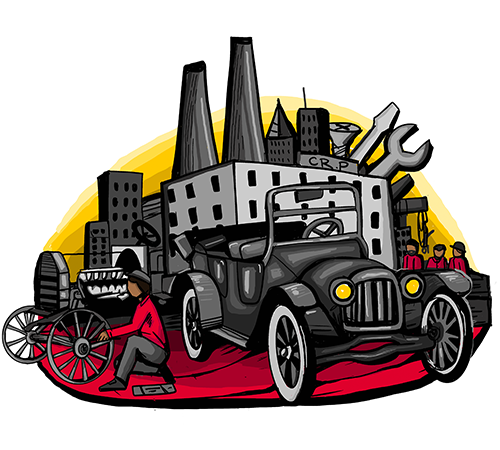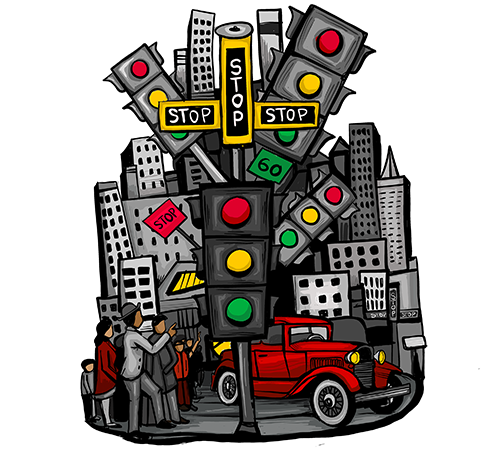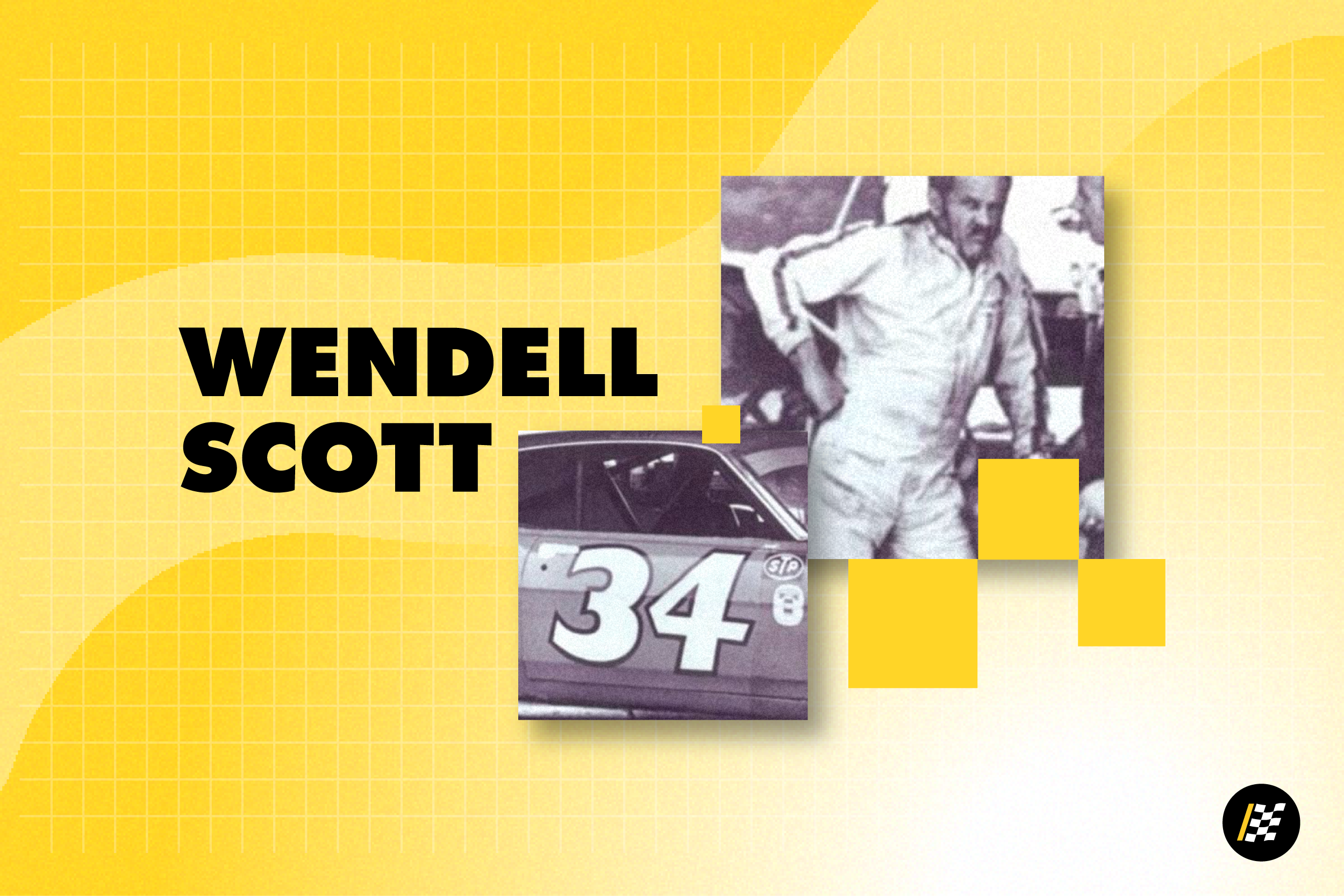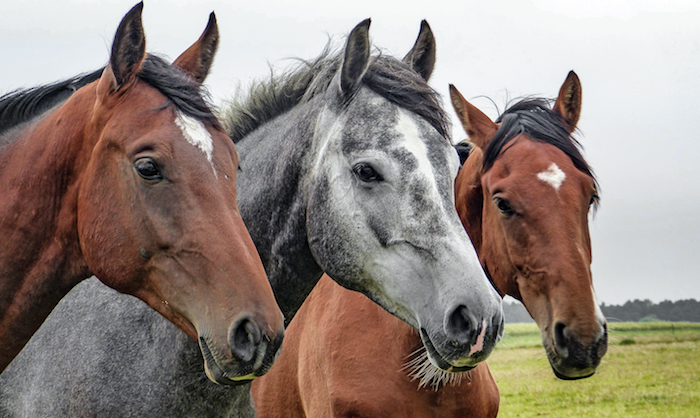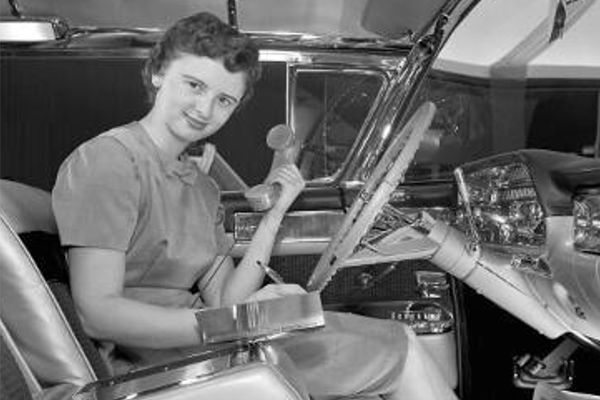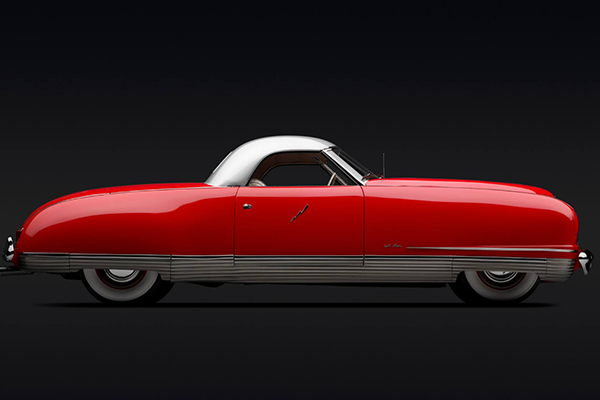George Washington Carver, the renowned African American agricultural scientist and inventor, worked with Henry Ford on early biofuel and synthetic rubber versions. Their work paved the way for later, more successful versions of the products, leading to Germany’s Bayer laboratories creating isoprene, the first synthetic rubber, in 1909, and ethanol becoming an additive in gasoline by the late 1970s.
Carver was one of many African American inventors who helped put the world on wheels. Refinements to automatic transmissions, early designs of iconic brands, school bus prototypes, and basic traffic controls were all realized by the minds of groundbreaking inventions. Let's take a closer look:
C.R. Patterson (1833-1910)
Charles Richard (C.R.) Patterson arrived in Greenfield, Ohio, in 1861, after escaping enslavement on a Virginia plantation. There, he learned blacksmithing. Soon after, he partnered with J.P. Lowe to create their own carriage-making business. In 1893, he bought Lowe out of the company, brought in his eldest son Frederick, and renamed it C.R. Patterson & Sons. He was awarded patents for various carriage components as he expanded his product line to 28 models.
Patterson died in 1910 and Frederick took over to pioneer the assembly of the company's first horseless carriage – the Patterson Greenfield Automobile, which sold for $685 in 1915. Stiff competition in the car business forced Patterson to specialize in truck bodies that eventually evolved into early-model school buses. The achievements made Patterson the only African American-owned and operated carmaker in the U.S. to this day. The company closed shop at the end of the Great Depression when bus demand plummeted. Frederick died in 1932, and unfortunately, their vehicle models did not continue past them, but the Patterson’s automotive advancements live on
Garrett Morgan (1877-1963)
Garret Morgan was an entrepreneur and inventor born in Paris, Kentucky and was born the eleventh child in his family. His father, Sydney Morgan, was a former enslaved person and potential son of confederate Colonel, John Hunt Morgan. His mother, Eliza Reed, “was the daughter of a Baptist minister and had both Native American and Black heritage." From a young age, Morgan had a knack for inventing things, including an early version of the gas mask. Years later, he witnessed a traffic accident and developed a three-position traffic control light prototype.
At the time, traffic signals went from “Go" to “Stop," leaving no room for error. Morgan's system added a third “Slow" signal to allow for deceleration and stopped drivers on both sides before changing the traffic flow. Morgan was granted a patent for the device in 1923. General Electric liked the idea so much that they paid him $40,000 for the rights.
Today, this invention is reflected in our green, yellow and red-light system. Morgan not only had his hands in the auto industry but also made a name for himself in the news industry by founding the Cleveland Call in 1920 – one of the first African American newspapers.
Richard Bowie Spikes (1878-1965)
Richard Bowie Spikes was a jack of all trades who worked as a bartender, mechanic and barber. His experience turned into twelve patents that spread across every industry he touched. His creations included a beer tapping system, a milk bottle opener and a horizontal swinging barber chair.
In the automotive realm, he patented an improved gear shift and transmission system that kept the gears constantly meshed, which improved the newly invented automatic transmission. He also created an automatic brake safety system that is still used today on certain bus models. Spikes sometimes gets credited with inventing the turn signal.
However, a patent for this invention has yet to be found. Another patent for a similar device was awarded years earlier, in 1906, to Percy Douglas-Hamilton for his design of directional signals. Historians do agree, however, that Spike's version of the device was installed on a Pierce-Arrow in 1913.
McKinley Thompson Jr. (1922-2006)
Inspired as a young man by the streamlined look of a Chrysler DeSoto, McKinley Thompson Jr., decided he wanted to design cars for a living.
After serving in the U.S. Army in World War II, he entered and won a design contest sponsored by Motor Trend Magazine in 1953. His design incorporated the use of a turbine engine and plastic, which was an unusual design choice at the time.
Winners of the contest were awarded a scholarship at the Art Center College of Design.
He graduated in 1956 and was hired by the Ford Motor Company, realizing his childhood dream and becoming the first African American automotive designer. Thompson worked on early versions of the Mustang, Bronco, and eventually his own pet project, the Warrior — a concept for an all-terrain vehicle he designed in 1965. The design was not brought into production, but the prototype has a permanent home in the Henry Ford Collection.
